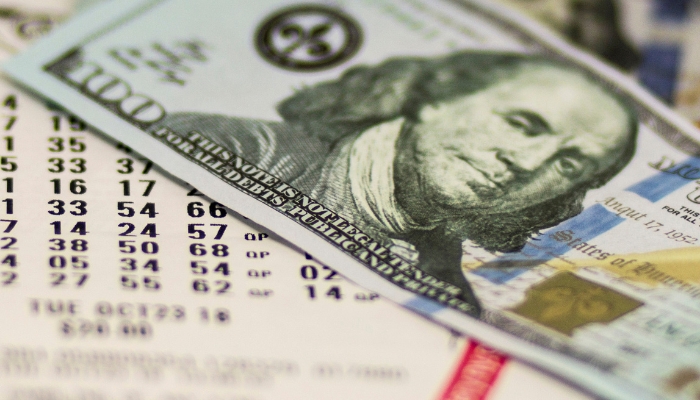Understanding the FedWatch Tool
Anúncios
At any given moment, if you want to know what the Federal Reserve is most likely to do at any of its meetings through the end of 2024, you can head to the Chicago Mercantile Exchange Group’s FedWatch Tool page.
There, you will find a bar chart plotting the share of traders predicting a rate hike, cut or no change in interest rates at an upcoming meeting. These traders don’t have a secret ear into the Fed’s private meetings nor a crystal ball, and yet their consensus predictions have a tremendous track record.
Perhaps that’s also because Fed Chair Jerome Powell, who has made it a point not to surprise markets with monetary policy decisions, most likely keeps tabs on the CME Group’s FedWatch Tool, too.

“We don’t go out of our way to surprise markets or the public,” Powell said at the Fed’s June press conference following the decision to pause interest rates for the first time since raising rates at each meeting since March 2022.
But how exactly does it all work?
Traders’ actions translate into interest rate decision probabilities
When the Fed changes interest rates it’s actually changing what’s known as the federal funds rate target range. The federal funds rate is the interest rate banks charge each other to borrow money, and it impacts the interest rate consumers pay for a variety of loans, including some mortgages. Investors have been trading fed fund futures contracts since the late 1980s. They would often build their own spreadsheets to try to uncover market sentiment regarding future interest rate decisions, said Agha Mirza, CME Group’s global head of rates and OTC products. But it wasn’t until 2013 that the CME Group launched the FedWatch tool, giving everyone access to the information without having to do complex calculations. Trading fed funds futures contracts is no different from any other futures contract, where you’re essentially betting that an asset will hit a certain threshold at a specified time in the future. In this case, they’re betting on how the Fed will adjust interest rates at its upcoming meetings.
But, unlike other futures contracts, traders use fed fund futures contracts as a tool to hedge their portfolios against market volatility that’s tied to interest rate decisions. But because they make trades based on what they anticipate will happen with interest rates — or, in some cases, make the trades to broadcast their views — the CME Group is able to aggregate that information and build a clear chart that forecasts interest rate decisions.
Mirza told CNN the tool he helped design “translates the information that is embedded in [the Fed Fund Futures] trillion-dollar market into probabilities that people can make sense of.”
“FedWatch provides a unique pulse on the market based on trader sentiment, and that is why many professionals use FedWatch regularly,” Mirza said. Importantly, it captures how investor sentiment changes after crucial data like the Consumer Price Index and the monthly jobs report, in addition to remarks made by Fed officials.
Why the FedWatch Tool is so closely followed
The Fed’s interest rate decisions can have serious implications for your investments.
“Investors pay close attention to this gauge for portfolio positioning purposes to parse out how the market might react based on Fed action,” said Alex McGrath, chief investment officer at NorthEnd Private Wealth.
In general, the Fed tries to avoid making decisions that go against market expectations. When the Fed does so, it can cause markets to be more volatile, according to research authored by former Fed Chair Ben Bernanke and Ken Kuttner, an economics professor at Williams College. For instance, Powell’s Jackson Hole speech last year cast a more hawkish tone than markets were expecting when he warned that interest rate hikes would mean “pain” for US households. That sent the Dow down by 1,000 points. Going against expectations can be “counterproductive and have negative consequences for the economy,” said Greg Daco, chief economist at EY-Parthenon, and could result in market movements that would effectively “offset the impact of monetary policy by instantaneously affecting business investment, consumer spending or residential investment.”
That’s why Fed officials regularly make public remarks to signal how they plan to vote at upcoming meetings and provide forward guidance on future decisions so that investors have more time to prepare, Daco added.
McGrath said Fed officials likely monitor the FedWatch Tool “to gauge how they need to address the markets.”
“Generally speaking, they don’t want to upset the apple cart in their long-stated goal of keeping employment steady and inflation at a minimum — and keeping markets from being extremely volatile is a key cog in that wheel,” McGrath told CNN.
See also: Encounter PaySense lending solutions.






